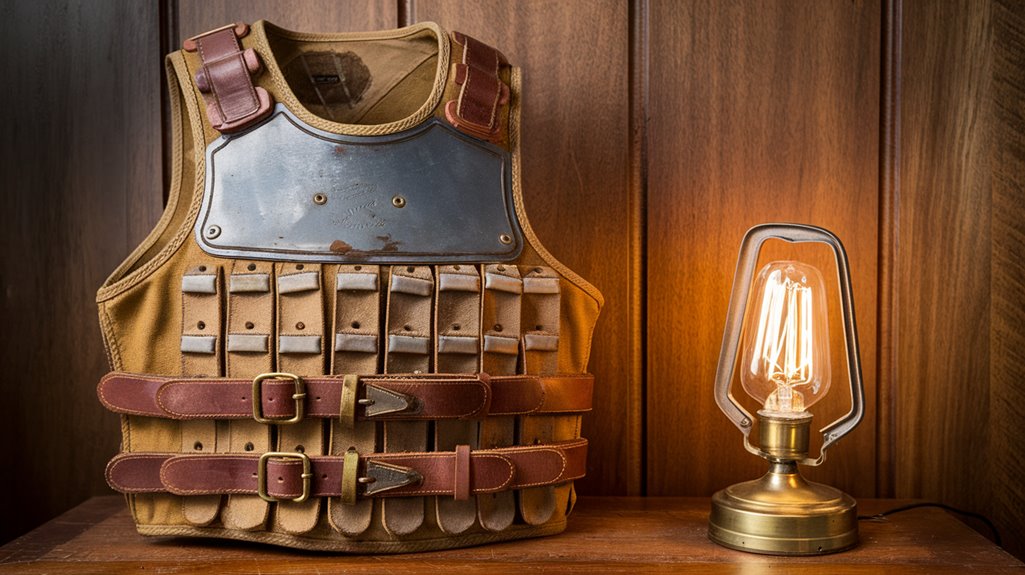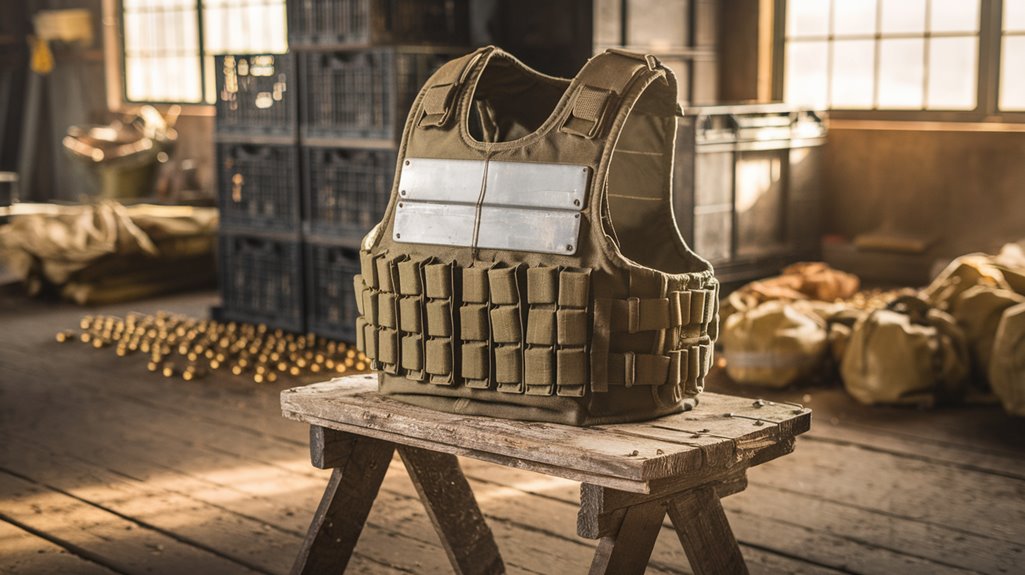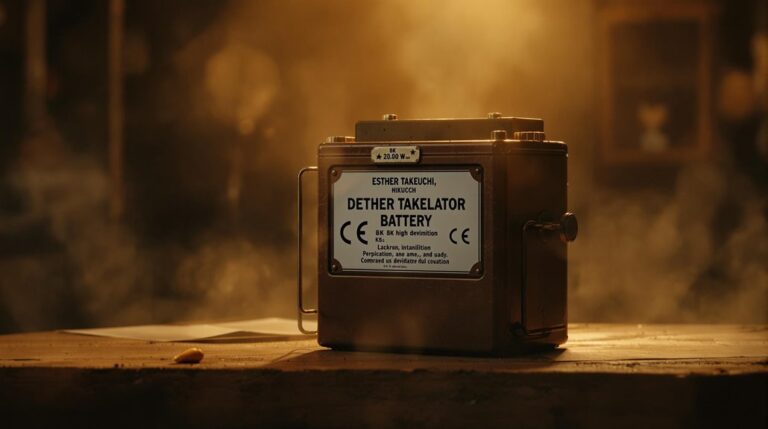Bulletproof Vests: The Truth Hollywood Hides
You've seen it countless times in movies: the hero takes multiple shots to the chest, shrugs them off, and keeps fighting. It's a compelling scene, but it's also one of Hollywood's most dangerous myths about body armor. The reality of bulletproof vests isn't nearly as glamorous, and those misconceptions could cost lives. From the actual impact force to the strict limitations of protection levels, you'll want to know what's fact and what's fiction before trusting your life to a vest.
The Real History Behind Bulletproof Protection
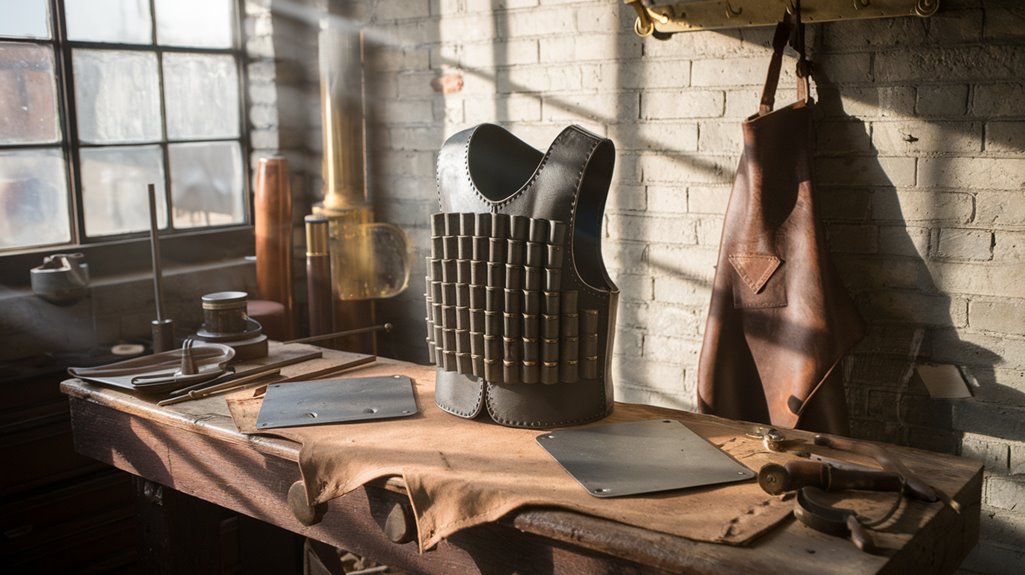
While many people assume bulletproof vests are a modern invention, their origins trace back nearly 500 years to Renaissance Italy. In 1538, Duke Francesco Maria della Rovere commissioned the first documented bulletproof vest from craftsman Filippo Negroli, marking the beginning of historical advancements in personal protection. Roman testing grounds were used to evaluate early plated armor against small arms fire.
The material evolution of bulletproof technology saw significant progress through the centuries. From Henry Lee's "pistol proof" Greenwich armor in 1590 to Korea's innovative Myeonje baegab using layered cotton in the 1860s, you'll find diverse approaches to stopping bullets.
The real breakthrough came in 1893 when Polish priest Casimir Zeglen created the first modern bulletproof vest using silk layers. He later partnered with Jan Szczepanik to enhance the design by combining silk with linen and wool, setting the foundation for today's protective gear. The development of Kevlar in the 1960s revolutionized personal protection by offering unprecedented lightweight durability and ballistic resistance.
Hollywood's Most Common Bulletproof Vest Myths
How often have you seen movie heroes shrug off multiple gunshots while wearing a bulletproof vest?
Let's do some myth busting about what body armor can really do.
Those Hollywood scenes where characters take rifle rounds to their soft armor and keep fighting? Pure fiction.
Armor ratings matter greatly – soft vests only stop handgun rounds, while rifle ammunition requires hard armor plates.
You'll also never see actors showing the real pain and injury from bullet impact, which can cause severe bruising and broken ribs.
Even with protection, getting shot can result in severe internal bleeding.
According to the NIJ rating system, different levels of protection are designed for specific threats.
Don't expect to conceal high-level protection under your clothes, either.
While Level IIIA armor can be worn covertly, anything stronger becomes obvious.
Understanding Modern Vest Technology
Beyond Hollywood's fiction lies the real science of modern bulletproof vest technology.
You'll find that today's vests rely on groundbreaking material innovations like aramid fibers and ultra-high molecular weight polyethylene (UHMWPE). These materials aren't just strong – UHMWPE is actually 15 times stronger than steel.
The secret to enhanced vest performance lies in sophisticated layering techniques and advanced technologies like DuPont's CoreMatrix. This groundbreaking design uses needle punching technology to create a monolithic structure. While initial designs may become outdated, manufacturers demonstrate remarkable adaptability to changes in response to emerging ballistic threats.
This system creates a 360-degree energy dispersion that improves protection against multiple threats. Manufacturers often combine Dyneema with aramid fibers to achieve ideal balance between flexibility and strength.
When you add ceramic plates to the mix, you get even better protection against high-speed projectiles.
Modern vests are truly engineering marvels that prioritize both protection and comfort.
Life-Saving Limitations You Should Know
Despite their remarkable engineering, bulletproof vests come with essential limitations you need to understand.
Their real world effectiveness varies greatly based on the threat you're facing. While they'll protect you against most handgun rounds, standard soft armor won't stop high-velocity rifle ammunition. Even when a vest stops a bullet, you can still suffer serious bruising or broken ribs from the impact. Advanced vests incorporating ceramic plates provide enhanced protection against rifle threats.
Your vest's protection isn't permanent. Proper maintenance practices are vital – exposure to moisture, heat, or improper storage can compromise its integrity. High-quality vests utilize synthetic fiber materials that require meticulous care to maintain effectiveness.
You'll need to inspect it regularly for damage and replace it every five years, or immediately after taking a hit.
Remember: these vests aren't truly "bulletproof" but "bullet-resistant," and their effectiveness depends on factors like impact angle and the number of hits they take.
What Actually Happens When a Bullet Hits
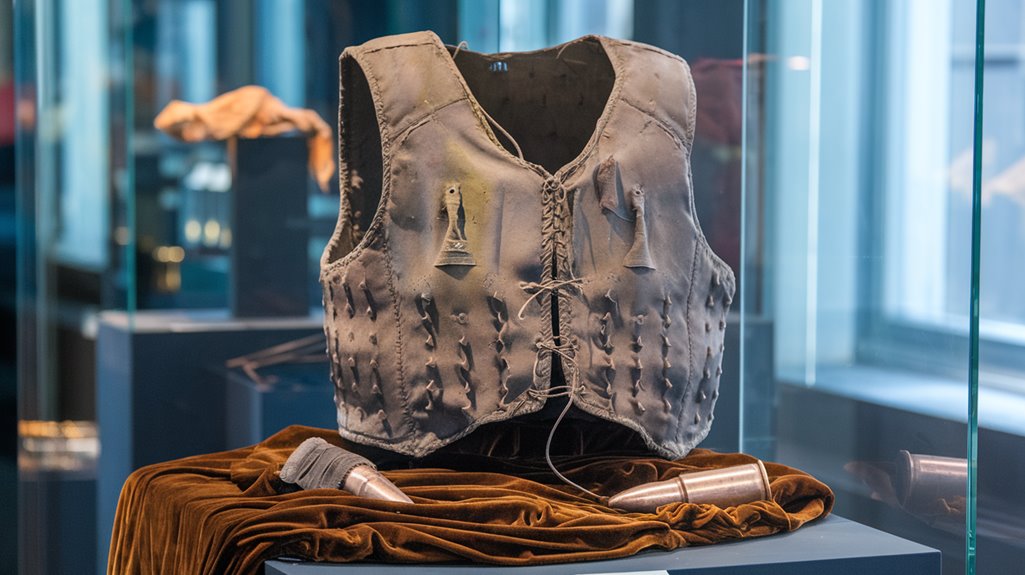
Understanding the impact of a bullet can help you appreciate why protective gear is so vital. When a bullet strikes, it doesn't just create a simple hole – it triggers a devastating chain reaction throughout your body. The high-velocity impact causes tissue damage far beyond the bullet's path through fragmentation and cavitation, especially with rifle rounds like those from an AR-15. Severe injuries can occur when bullets pass near vital organs, as even small heart wounds can be fatal. Today's protective gear uses multiple Kevlar layers to effectively absorb and disperse the bullet's energy.
- A bullet's speed and size determine the severity of damage, with faster rounds creating massive blast effects.
- Different tissues react uniquely to bullet impact – soft organs like lungs suffer more extensive damage.
- Fragmentation can create multiple wound paths, while cavitation expands the damage zone considerably.
Your odds of survival often depend on the bullet's velocity and where it hits, making proper protective gear essential for vulnerable areas.
Next-Generation Armor: Beyond Kevlar
While Kevlar has long dominated the body armor industry, innovative materials are revolutionizing protective gear with lighter, stronger, and more sustainable solutions.
You'll find remarkable Dyneema advantages in products like SB301, which offers 20% weight reduction while maintaining stopping power. It's also 15 times stronger than steel at equal weight.
Designed for both law enforcement and military personnel, these advanced materials ensure optimal protection in high-risk situations.
 two diamine composition for exceptional strength.
two diamine composition for exceptional strength.
Twaron matches Kevlar's chemical structure but comes in various forms, while Alkex provides a more cost-effective option with better flame resistance.
The future of sustainable armor is particularly promising, with bio-based Dyneema fiber reducing carbon footprints by up to 90%.
These next-gen materials aren't just about protection – they're reshaping how you'll stay safe while protecting the environment.

